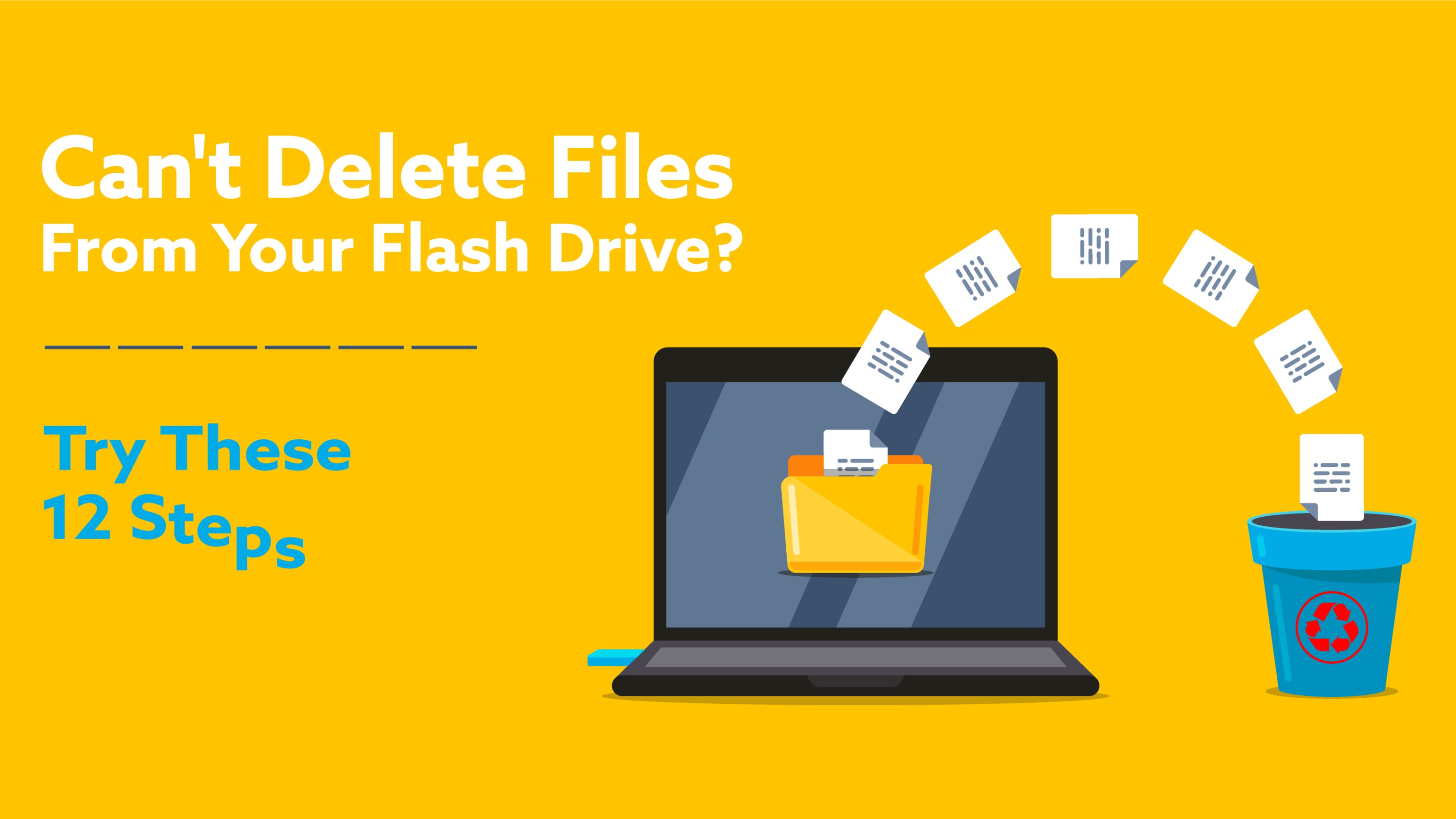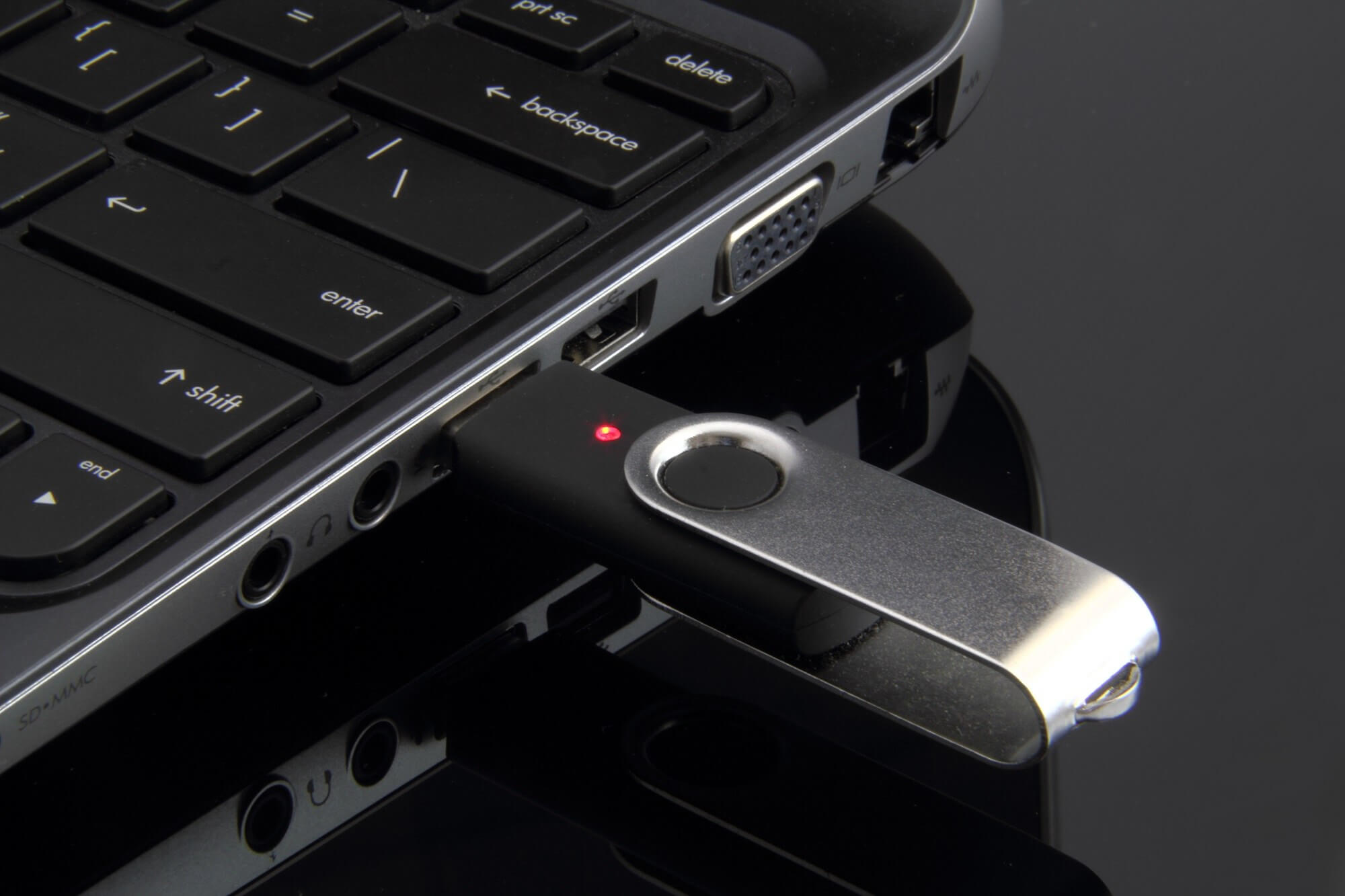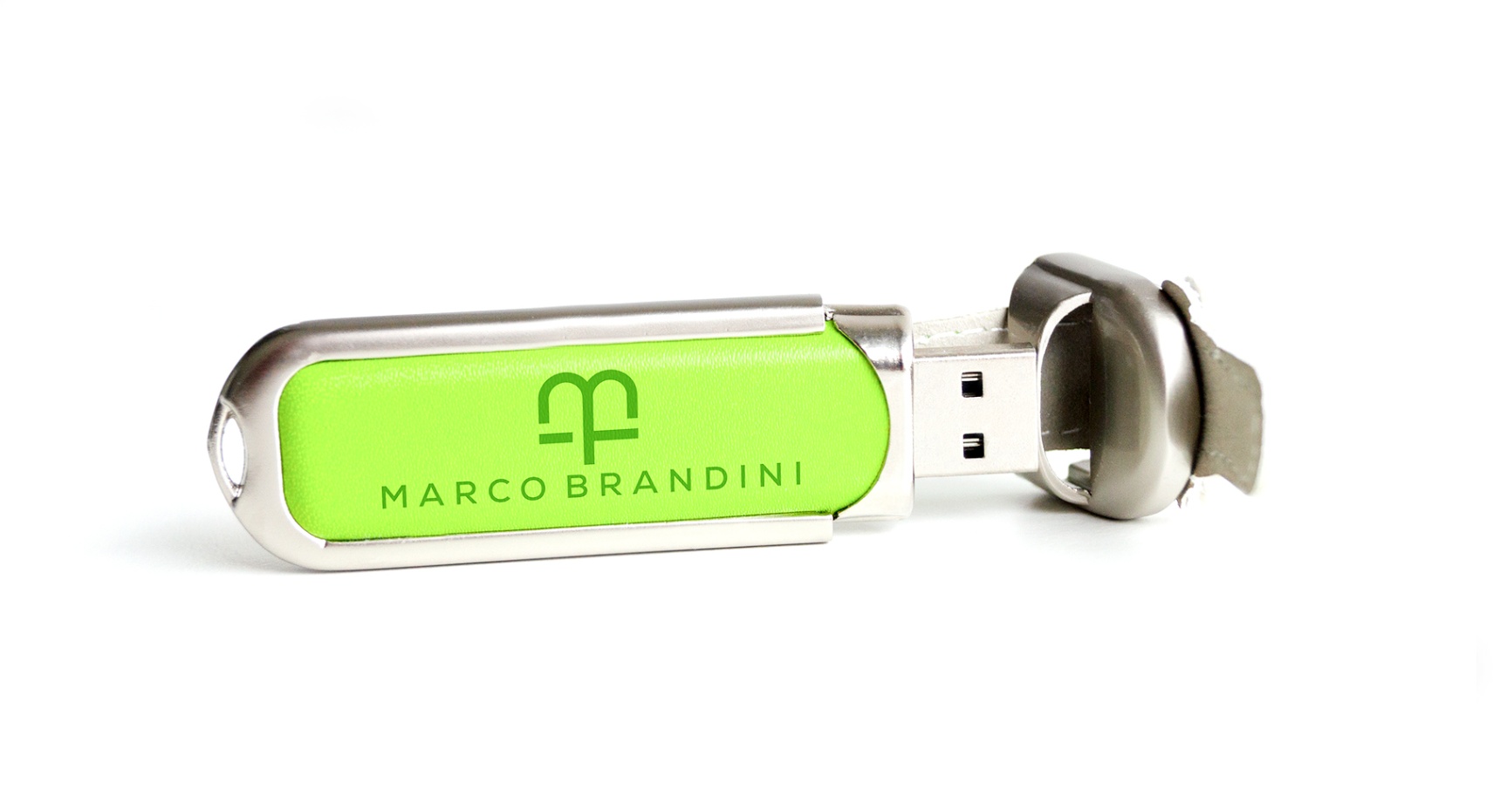
Can't Delete Files From Your Flash Drive?
When you can't delete files from flash drive devices, it can be frustrating trying to discover what the issue is. However, some solutions may help resolve some of those problems. Foremost, you must be aware of the common reasons blocking you from deleting specific files and folders. Here are 12 steps for troubleshooting or correcting difficulties associated with deleting your stored data and information on your storage device.
What May Be Preventing the File or Folder Deletion Process

While many causes can prevent you from deleting files or folders from your flash drive, five of them stand out. These include:
- Malware or virus
- Write protection
- Read-only setting
- Files set in the read-only mode
- Damages to the flash drive
Replace Your Damaged Flash Drive With a USB C Memory Stick!
Steps to Take for Deleting Files and Folders on Mac or Windows
Figuring out why your flash drive is not deleting selective files is troublesome and sometimes time-consuming. Follow this step-by-step guide to find a solution for fixing the issues.
1. Check Your PC for Malware and Viruses
If you do not have security software downloaded onto your PC, your system may have a virus or malware. Immediately find a reliable security application to protect your computer. Once you download the software, scan your devices for malware and delete any identifiable issues.
2. Restart Your Computer
When you finish deleting the malware, restart your desktop or laptop to reinforce the changes. Then, run another scan to ensure there are no more problems.
3. See If Files Have Write-Protection
The files you are trying to delete may have write protection on the flash drive. If so, it will stop you from deleting those files. On Mac OS, it can be a permission issue. You have to grant permission to delete files.
4. Remove Write-Protection From Your Flash Drive
Before discussing how to remove the write protection, a topic that needs elaborating is USB A vs USB C. Type-A ports are compatible with Windows OS PCs, and Type-C ports are compatible with MAC OS computers.
To remove the write protection, go to File Explorer and choose your flash drive. Right-click on Properties and deselect Read-only and then click Apply. If your storage device has a switch on the side of it, turn it on to disable the write-protection mode. Try the deletion process and continue to step five if your files do not delete.
5. Remove Read-Only on Windows OS

The message "can't delete the file from USB flash" means your storage device is read-only. Remove read-only using Diskpart Utility. To open the utility, press the Windows plus R keys on your keyboard, type Diskpart, and press the Enter key.
6. Clear Disk Attributes
Type "commands," "list disk," "select disk one," and "attributes clear read-only." Look for the message "Disk attributes cleared successfully." When comparing Windows OS with Mac OS, remember that the process is different.
7. Get Permission to Delete Files in Windows Explorer
If you do not have permission to delete files in Windows Explorer, right-click on the file and select Properties. Tap the Security tab and click Edit to open the file dialogue. The Administrator has full control, including reading and writing permission to delete files.
8. Flash Drive Might Not Work Because of Damages
Because flash drives are small and delicate, damage can occur when submerged in liquids or crushed. You can lose all your data stored on the drive. If you did not back up your storage device in the cloud, your files and folders are gone.
Get a Fast Quote on Branded USB Drives
9. Enable Your Mac PC to Delete Files
If you encounter issues deleting files and folders on your Mac computer, go to Sharing and Permissions to grant permission. Do it by selecting your flash drive and Get Info. Click the lock icon at the bottom of the window to unlock it. Expand the Sharing Permissions tab and click "Ignore ownership of this volume" then "Apply to enclosed items."
10. How the Standards Affect Deleting Files
When it comes to USB 3.0 vs 3.1, the major differences between the two are speed and new upgrades. Standard 3.0 is now the 3.2 Gen 1 with a maximum speed of 5 Gbps. USB 3.1 is 3.2 Gen 2 with speeds up to 10 Gbps. Both are compatible with computers and flash drives.
11. Reformat Your Flash Drive for Mac to Read and Write
Flash drives with NTFS format can cause problems deleting files and folders. Your only option is to remove all the data from the storage device. But, before you reformat the device, back up your information on the drive. With the flash drive in the port, launch Disk Utility in Application and Utilities.
12. Erase Data
Choose your storage device and select the Erase tab to name it. From the drop-down menu, click MacOS Extended and press Erase to finish the reformatting process.
Conclusion
Finding what is preventing you from deleting files off of your drive can be caused by incorrect permissions or that your flash drive is in read-only mode. Try all of the above steps to resolve your issues, including reformatting, and removing various attributes. USB Memory Direct has the USB flash drives you need.